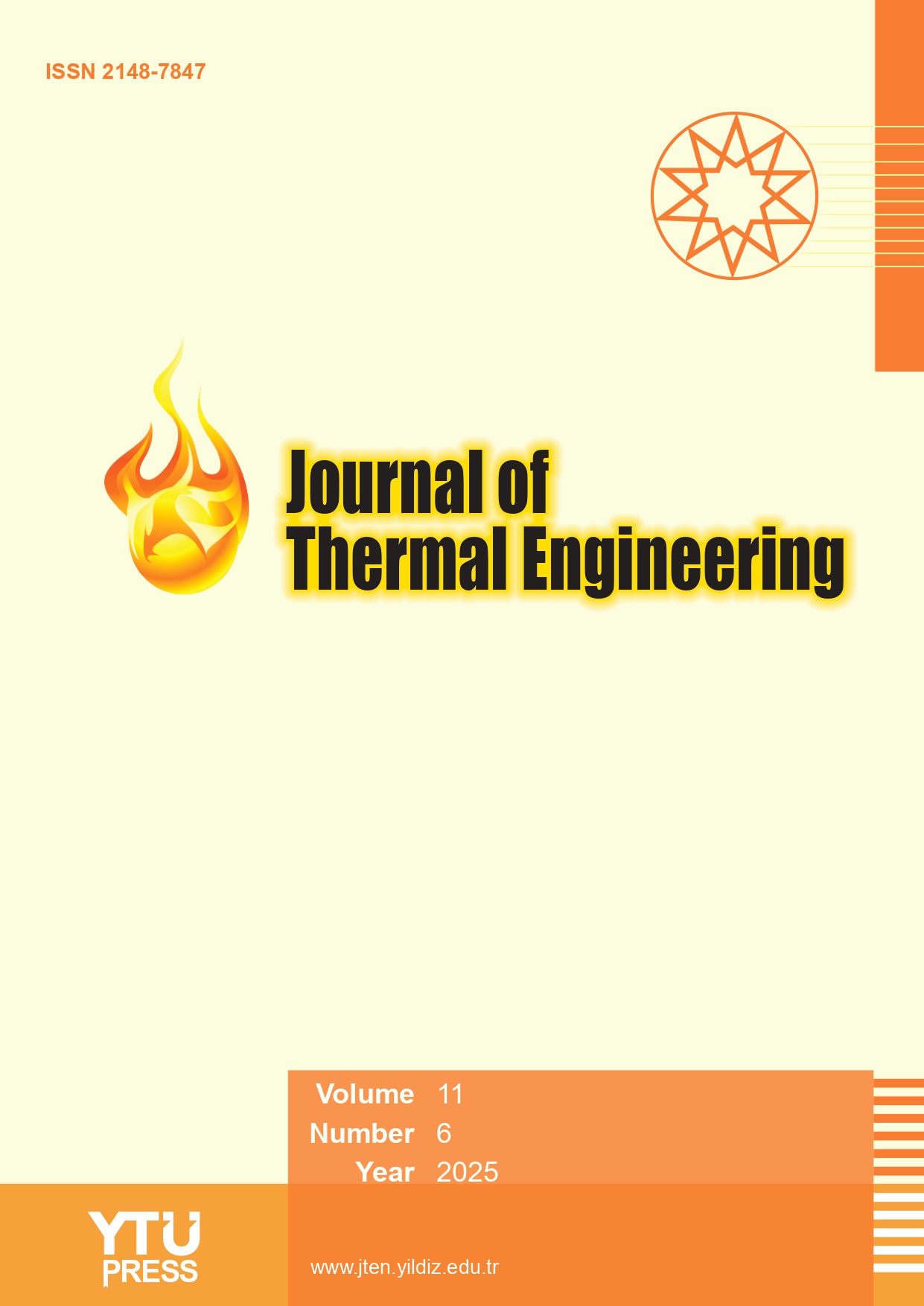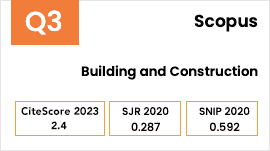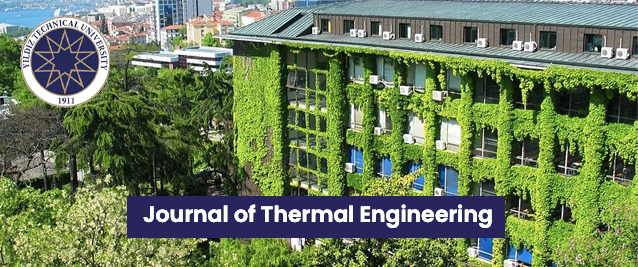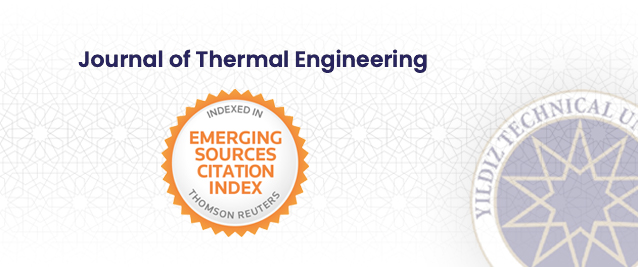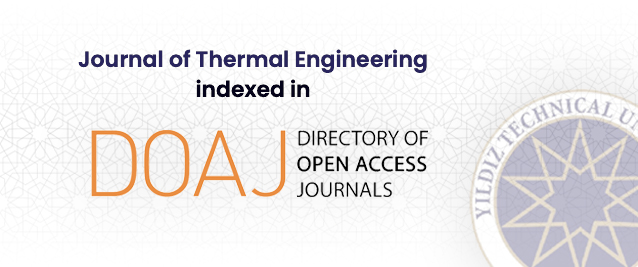2Department of Mechanical Engineering, National Institute of Technology Karnataka, Surathkal, 575025, India
3Department of Mechanical Engineering, KLS Vishwanathrao Deshpande Institute of Technology, Haliyal, 581329, India
Abstract
Transient adsorption characteristics of atmospheric water vapor with clay and clay-addi-tives-based calcium chloride composite desiccants in vertical fluidized beds are studied exper-imentally. The different clay-based composite sorbents considered in the study are clay-calci-um chloride, clay-horse dung-calcium chloride and clay-sawdust-calcium chloride adsorbents. The influence of bed mass and air superficial velocity on transient change in bed inlet air humidity ratio and air temperature for different desiccant clay-based composite sorbents is experimentally studied. It was noted that the thermo-physical properties of different adsor-bents, bed mass and air inlet velocity significantly influence the fluidized bed performance in the adsorption system. The linear porosity distribution in fluidization shows the availabil-ity of increased adsorption capacity for clay-based desiccants in comparison to clay-additive desiccants, as indicated by higher total adsorption capacity. For the similar conditions of bed weight (300 g) and inlet air velocity (2 m/s), the total quantity of water adsorbed is 30.09 g, 21.84 g and 27.02 g for clay-calcium chloride, clay-horse dung-calcium chloride and clay-saw-dust- calcium chloride fluidized adsorbent beds. The results reveal heat load reduction of clay-calcium chloride vertical fluidized bed dehumidification system is 62% and 52% higher compared to clay-horse dung-calcium chloride and clay-sawdust-calcium chloride desiccant dehumidification systems. For all the dehumidification systems, the reduction in latent load is higher than the increase in sensible heat load, which will reduce the overall heat load of the cooling system.


